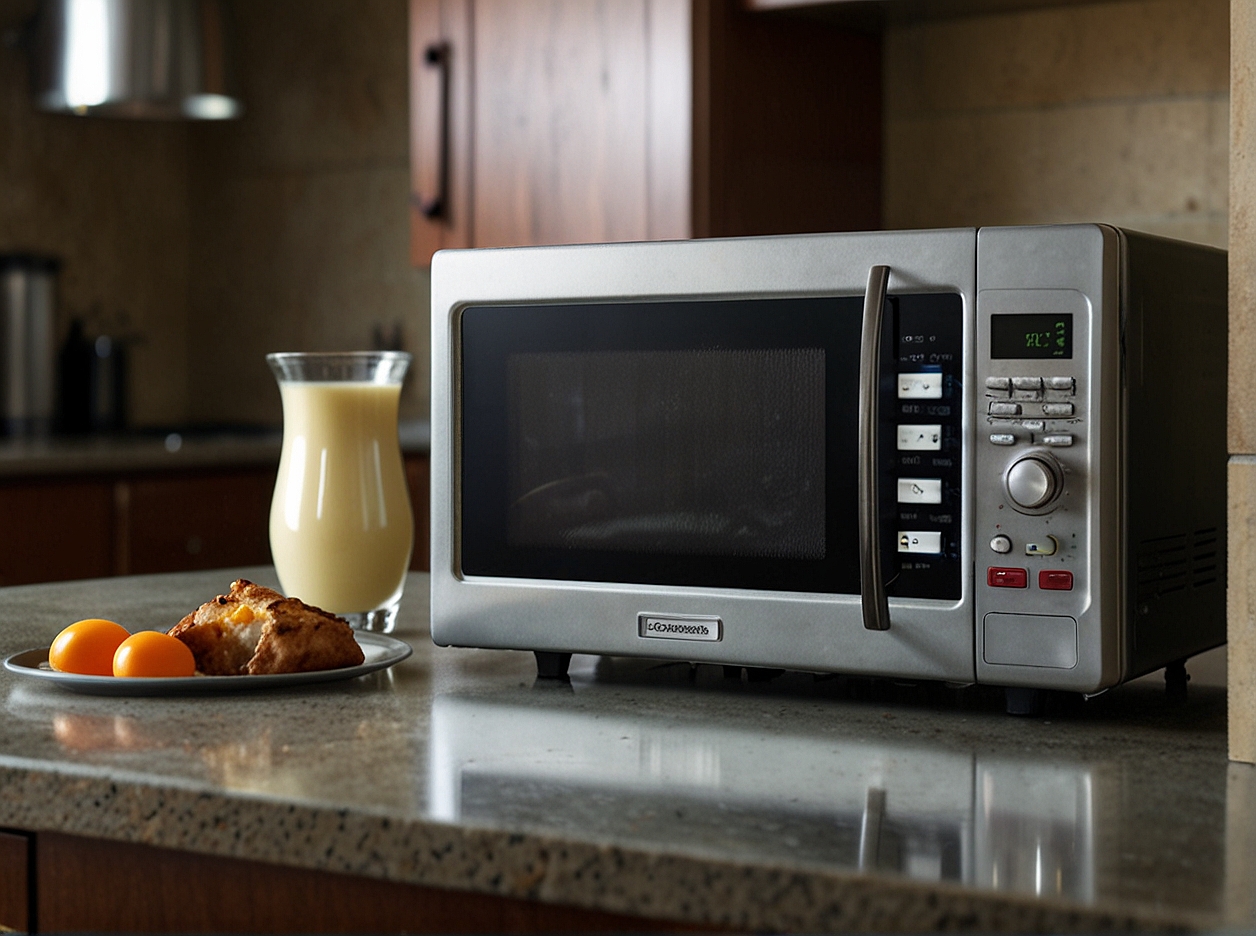
Microwave ovens have been a staple in kitchens since their commercial debut in the 1940s. Despite their widespread use, they are often the subject of various myths and misconceptions. From concerns about safety and nutrient loss to fears about radiation, microwaves seem to be surrounded by an aura of mistrust. This article aims to dissect and debunk some of the most prevalent myths about microwave ovens, providing clarity and promoting informed usage.
⠀